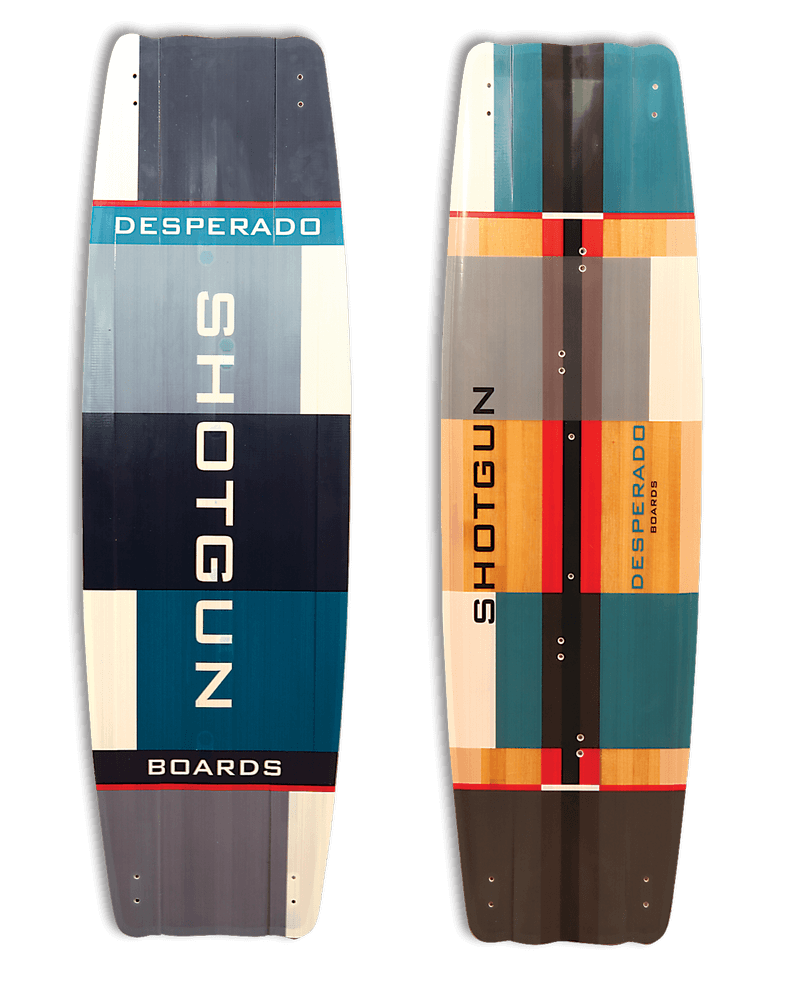Which kiteboard to pick and how?
How to choose a kiteboard? Which kiteboard to pick? Which one is the best?
Every newbee is concerned about it.
Let’s figure out first what are the types of kiteboards.
Single-way kiteboards - directs in other words.
These are the kiteboards that should be turned and can not move with their stern forward while changing halses..
They are popular among upper-intermediate riders, because it is nearly impossible to learn kiteboarding using them (maybe possible with a very slow progress). Usually this is strapless riding (without straps, shoes or any other fastenings) that requires lots of skills.
To this type belong:
To this type belong:
Lightwind boards.
For a light wind. These are very big ‘doors’ with a very small rocker (nearly flat) and a full profile (seeks to a rectangle). Usually their length is 155cm and even more… The point is that they provide a strong emphasis during light winds for early planning. They can also be used for first halses learning but that is not the best way (small rocker will be severely interfering and the boat will be drowning so your progress will be slowed).
Freeride kiteboards.
These are, I would say, the most popular boards. They fit everyone. You can just comfortably slide or do tricks on a hook.
Kiteboards for freestyle.
They are familiar to freeride boards but are more tough and have an express rocker (that sometimes interfere with riding upwind). They also have reedans and canals on the bottom. Kiteboards for freestyle are frequently being used with shoes and are made for wakestyle tricks (when the tricks are made unhooked).
Kiteboards for newbies or for very big guys.
No, these are not ‘doors’ for light winds. They are complete freeride kiteboards, but quite big (usually 150-155cm length). This speeds up the learning process for newbies due to the easier planning and better light waves overcoming because they have larger rockers than ‘doors’.
In conclusion I would like to say that you have to base on your weight and height when choosing a twin-tip. Different producers have different standards, but tendencies are nearly the same.
As for our twin-tip, we recommend you the following classification:
133х39 for riders under 75 kg
136х40 70-85 kg
140х41.5 80-95 kg
144х43 more than 90 kg
Of course these numbers are not precise because you have to keep in mind the range of kiteboards and the circumstances of riding, but that is the trend.
